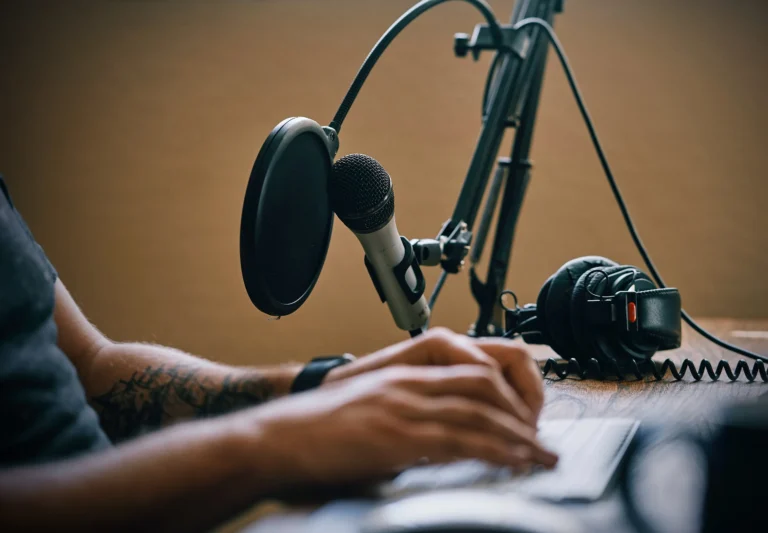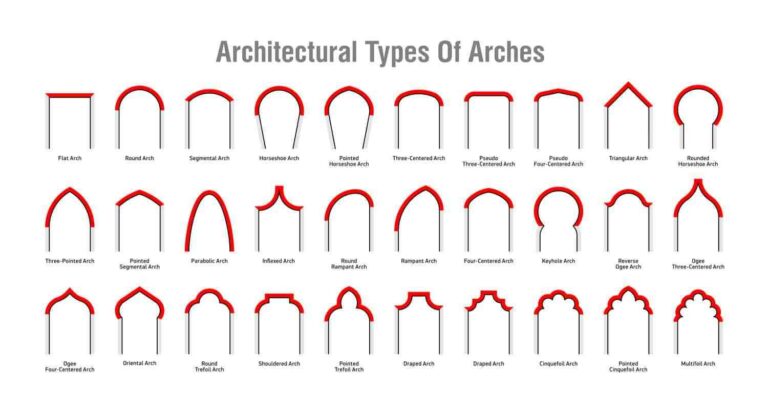Heating systems are a vital part of any commercial building’s infrastructure, especially during colder months. For businesses that are temporarily closed, ensuring the proper maintenance of heating systems is crucial. Whether it’s a retail store, office, or warehouse, maintaining heating systems during a shutdown can prevent costly repairs and ensure the system remains operational when the business reopens. In this article, we’ll explore the key strategies for maintaining heating systems for closed businesses, with a focus on practical advice and tips that ensure efficiency and longevity.
Why Maintaining Heating Systems in Closed Businesses Is Essential
When businesses shut down, it’s easy to overlook the heating system, assuming it doesn’t need attention. However, improper care during closure can lead to several issues:
ystem Damage: Leaving a heating system inactive for an extended period without proper maintenance can lead to freezing pipes, mold growth, and other types of system failures.
Energy Efficiency: An unmaintained system can lose efficiency, leading to higher energy bills once the business reopens.
Safety Hazards: A malfunctioning heating system could pose safety risks, such as gas leaks or fire hazards, especially in older systems.
In summary, maintaining heating systems for closed businesses helps protect the investment, ensures the system operates efficiently when needed, and minimizes potential risks.
Step 1: Turn Off the System (If Appropriate)
One of the first steps in maintaining a heating system during a closure is determining whether you should turn off the system completely. In some cases, especially in areas with extremely cold temperatures, it may be necessary to leave the heating system running at a low setting to prevent pipes from freezing. However, if the temperatures are milder, turning the system off may be the best option to save energy and reduce wear and tear.
For furnaces: If shutting down the system, make sure to turn it off using the thermostat and disconnect the power supply.
For heat pumps or boilers: Ensure the system is set to a “vacation mode” or fully powered down if it’s safe to do so.
Always consult the manufacturer’s guidelines for specific instructions, as different systems may require different approaches.
Step 2: Clean and Replace Filters
Heating systems, particularly forced air systems, rely heavily on air filters to maintain air quality and efficiency. Over time, these filters accumulate dust, dirt, and debris, which can obstruct airflow and reduce the system’s efficiency.
Actions to Take:
Replace or clean filters: If the system has disposable filters, replace them with new ones. For reusable filters, clean them thoroughly according to the manufacturer’s recommendations.
Check the filter size: Ensure you are using the correct size to prevent leaks and ensure optimal airflow.
Inspect the filter regularly: Even if the business is closed, it’s important to inspect filters periodically. Over time, even a small amount of dust buildup can affect system performance.
Maintaining the filters appropriately is essential for maximizing system performance and enhancing indoor air quality upon reopening the facility.
Step 3: Inspect and Clean Ductwork
Over time, air ducts accumulate dust, dirt, and even mold, which can reduce the heating system’s efficiency and air quality. Even when the building is unoccupied, it’s a good practice to inspect the ductwork to prevent blockages and ensure a clean environment for when the heating system is in use again.
Actions to Take:
Check for leaks: Inspect the ductwork for any leaks or damage that may cause the system to lose heat and waste energy. Duct sealing products or professional duct sealing services can help address any issues.
Clean the ducts: If necessary, schedule a professional cleaning service to remove accumulated dust and debris from the ductwork. This will help the system run more efficiently and improve indoor air quality.
Also, ensure that all registers and vents are clear of obstructions to support efficient airflow during system operation.
Step 4: Perform Regular System Checks
Even if the heating system is not in use, it’s important to periodically check the system to ensure that it remains in good condition.
Actions to Take:
Test the system: Turn on the heating system every month for a short period to verify that it’s operating as expected. This allows for early detection of possible issues before they become more serious.
Check for unusual sounds or smells: Any strange noises or smells during operation could indicate an issue, such as a clogged burner or a malfunctioning fan.
Inspect the thermostat: Check the thermostat to confirm it is operating correctly. You may need to replace the batteries if it’s battery-operated or calibrate the system for accurate temperature readings.
Professional Inspections
Consider scheduling a professional HVAC inspection before the business reopens. A licensed technician can assess the system, perform any necessary repairs, and ensure that it is operating at peak efficiency. This proactive approach minimizes the risk of unexpected system failures and ensures the safety of employees and customers upon reopening.
Step 5: Consider Winterizing the Heating System
In colder climates, winterizing the heating system may be necessary to prevent damage during extended shutdown periods. This typically involves taking extra steps to protect the pipes and other components from freezing, which can lead to costly repairs when the business reopens.
Actions to Take:
Drain water systems: If the heating system includes water pipes, such as in a boiler system, make sure to drain the water to prevent freezing.
Use antifreeze: In some cases, adding a non-toxic antifreeze solution to the system can help protect against freezing.
Inspect outdoor units: If the heating system includes outdoor components, ensure they are properly insulated to avoid weather-related damage.
Consult a professional HVAC technician for specific guidance on winterizing your system.
Step 6: Monitor Energy Consumption
When a business is closed, it’s a good time to monitor energy consumption and make any necessary adjustments to save on costs. Smart thermostats and energy management systems can help optimize energy use by adjusting temperature settings based on occupancy and activity.
Actions to Take:
Use a smart thermostat: These devices allow you to control your heating system remotely, ensuring the temperature is adjusted appropriately during the closure.
Monitor energy usage: Review energy bills and track any unusual increases in consumption, which could indicate system inefficiency or issues that need attention.
Conclusion
Service ac jakarta: Maintaining heating systems for closed businesses is an essential task that ensures the longevity and efficiency of your HVAC system, prevents safety hazards, and reduces energy costs. By following these maintenance steps, such as turning off the system when appropriate, replacing filters, cleaning ducts, and scheduling professional inspections, you can keep your heating system in top condition. Remember, regular maintenance and proactive care will save you money and headaches in the long run, ensuring a smooth transition when your business reopens.








